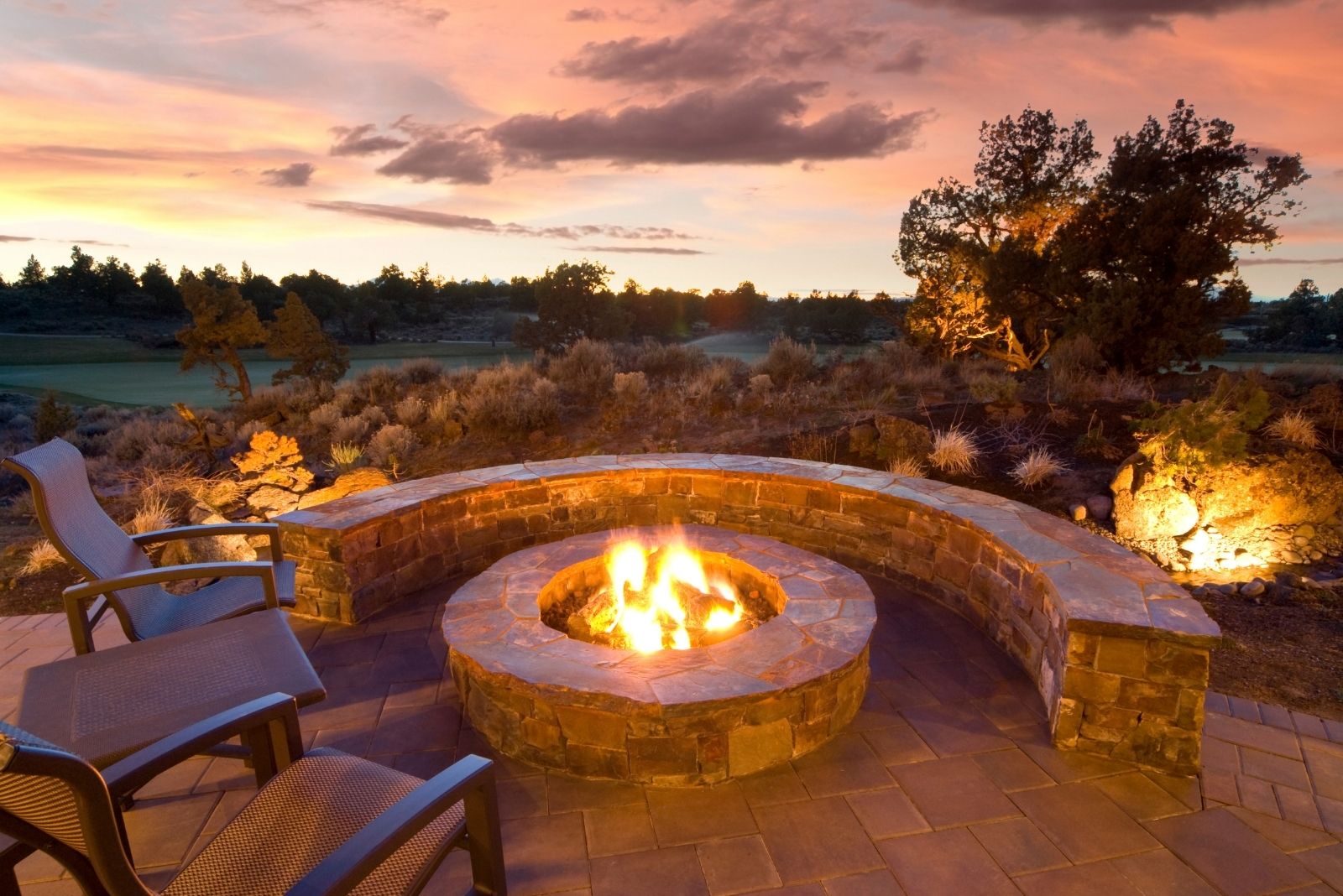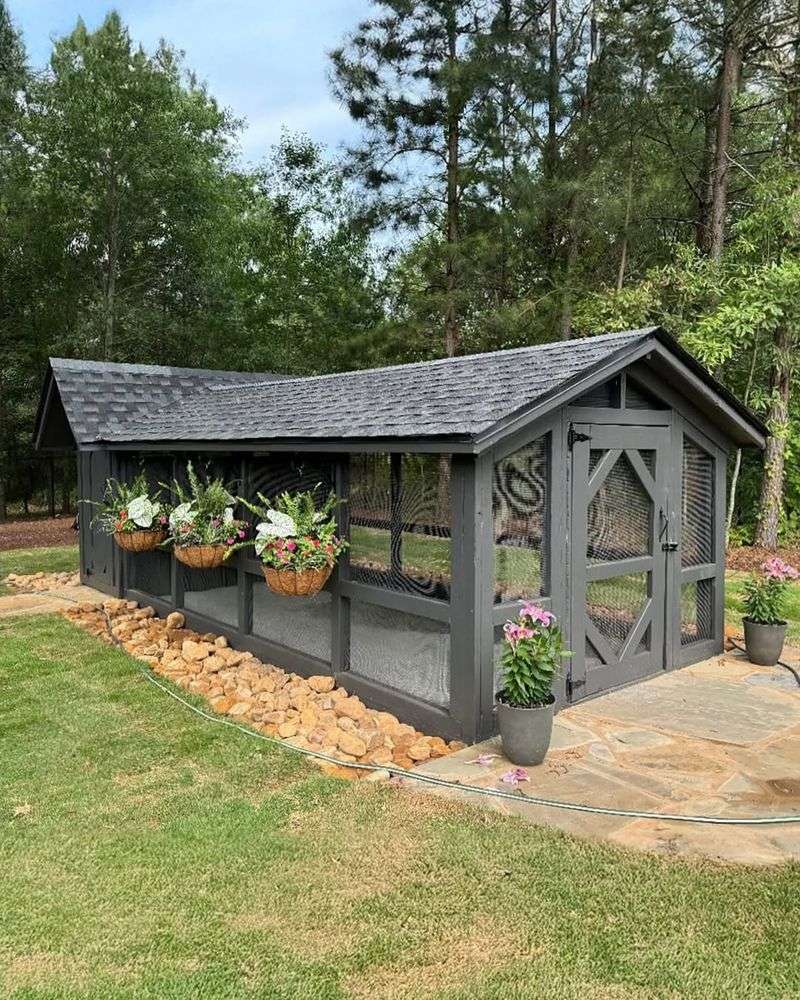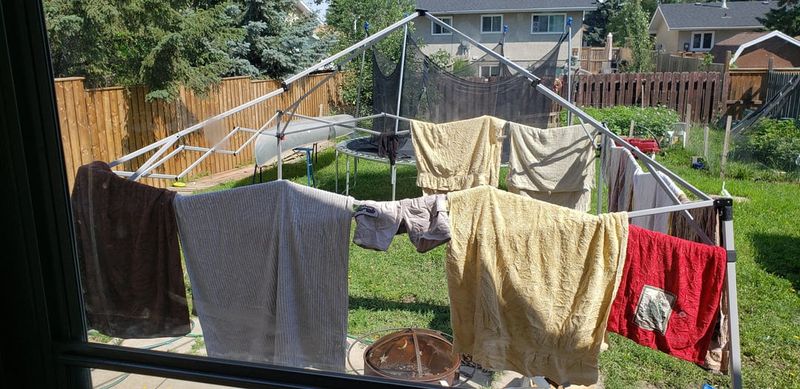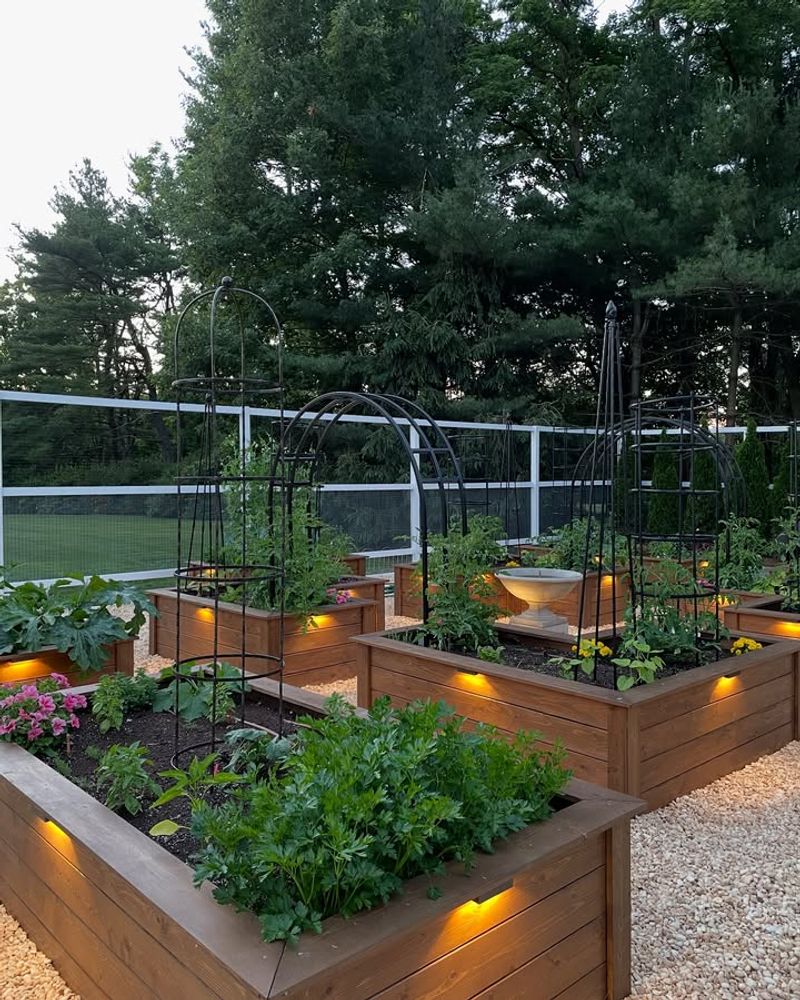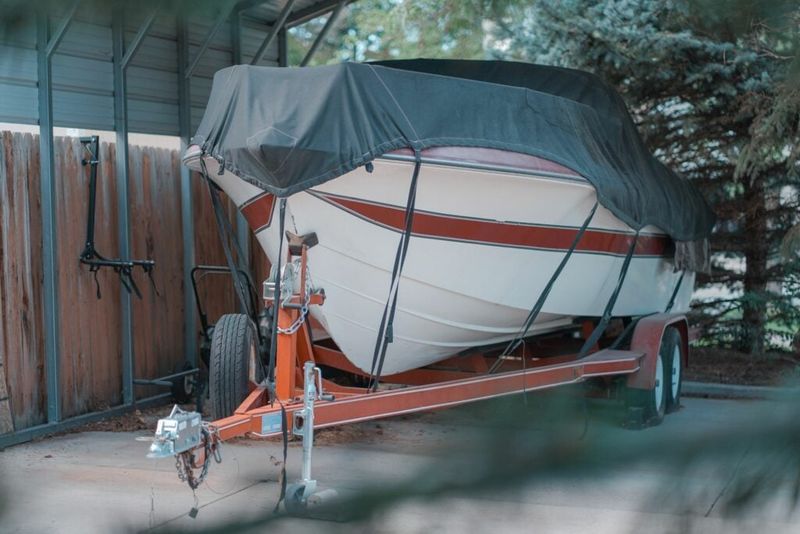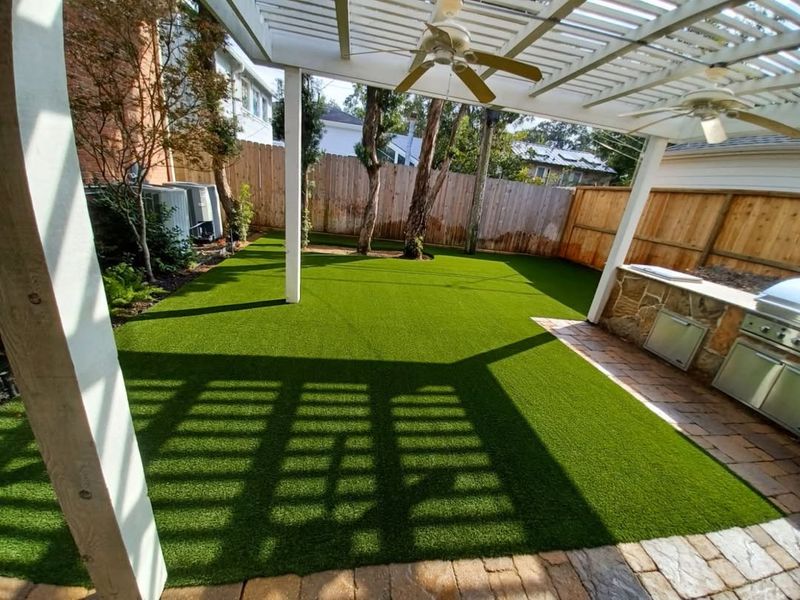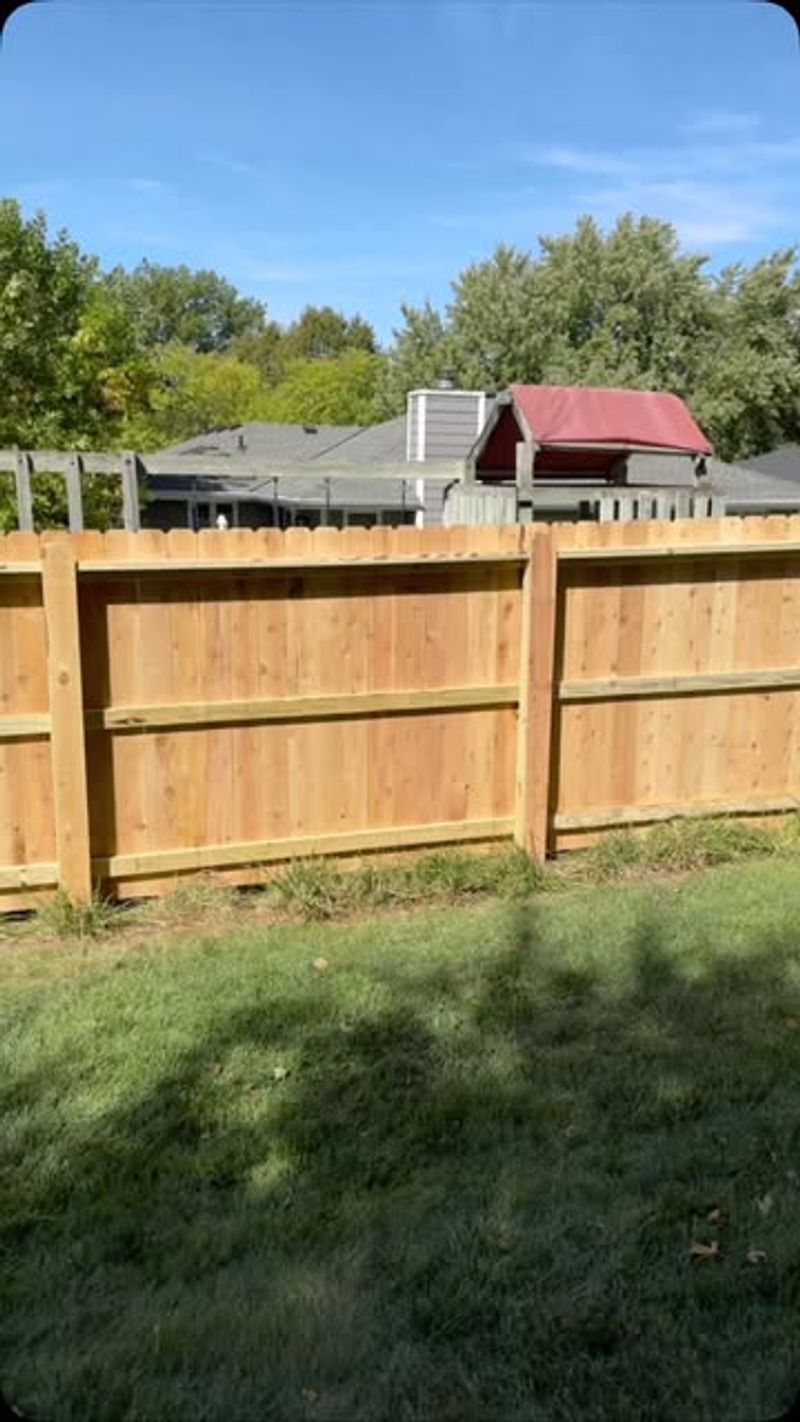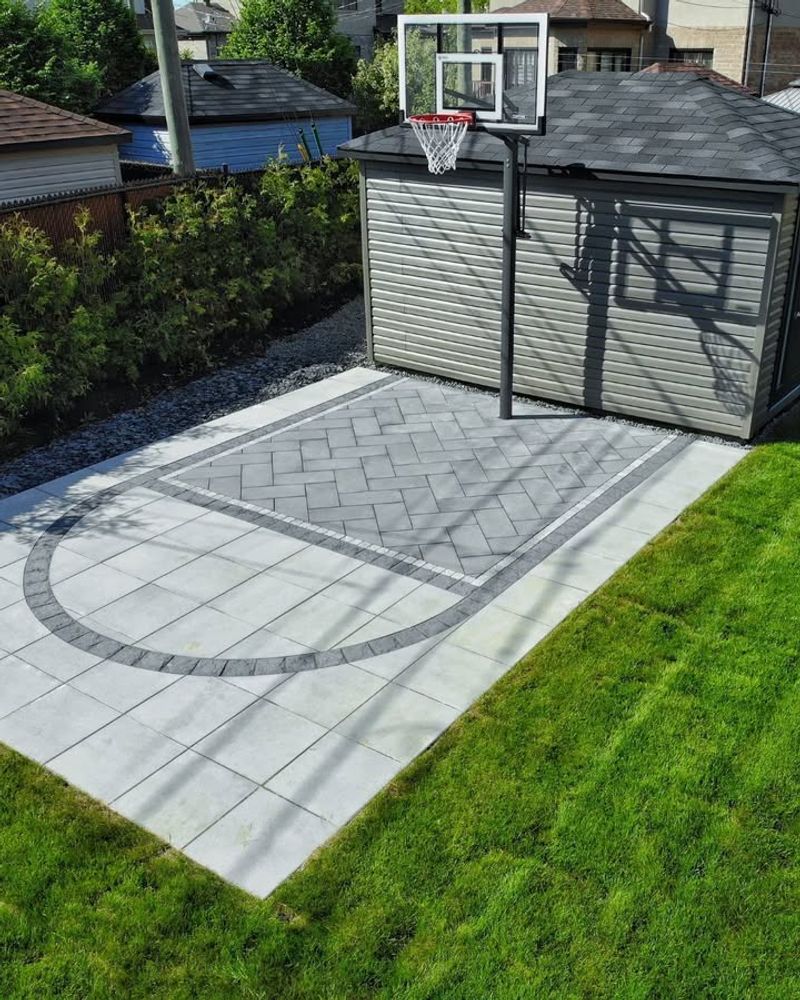Nebraska neighborhoods are changing the way they look at front and back yards. Many homeowner associations and city councils are now discussing new rules that could limit what you can do with your outdoor space.
Some features that have been popular for years might soon need special permission or could be completely banned. Understanding these potential restrictions now can help you plan your yard improvements wisely.
1. Chicken Coops And Backyard Poultry
Fresh eggs every morning sound wonderful, but backyard chickens are becoming a hot topic in Nebraska communities. Noise complaints from roosters and concerns about odors have pushed many neighborhoods to reconsider poultry policies.
Some areas already require permits, while others are proposing complete bans. If you’re thinking about raising chickens, check your local ordinances first.
The trend toward stricter rules means existing coop owners might need to make changes or even relocate their birds to comply with new regulations.
2. Clotheslines And Outdoor Drying Racks
Hanging laundry outside saves energy and smells amazing, but some Nebraska homeowner associations consider clotheslines unsightly. They argue that visible laundry reduces curb appeal and property values.
Despite being environmentally friendly, clotheslines face increasing opposition in planned communities. Several neighborhoods have already added restrictions to their covenants.
Before installing a drying line, review your HOA rules carefully. You might need to place it in a less visible location or use a retractable model that disappears when not in use.
3. Vegetable Gardens In Front Yards
Growing your own food makes sense economically and environmentally, yet front-yard vegetable gardens are causing debates across Nebraska. Traditional landscaping advocates believe ornamental plants belong in front while edibles should stay hidden in back.
Multiple communities are drafting ordinances that limit food crops to rear yards only. Some allow small herb gardens but prohibit larger vegetable plots.
The controversy centers on neighborhood aesthetics versus sustainability. If you love front-yard gardening, speak up at community meetings before new restrictions take effect.
4. Recreational Vehicles And Boat Storage
That camper or fishing boat represents weekend adventures, but visible RV storage is increasingly unwelcome in Nebraska subdivisions. Neighbors complain that large vehicles block sightlines and create cluttered appearances.
Many communities now prohibit street parking for recreational vehicles entirely. Others allow driveway storage for only 24-48 hours for loading and unloading.
New proposals would require covered storage or off-site facilities year-round. These restrictions can be expensive for families who rely on affordable driveway parking for their recreational equipment and seasonal gear.
5. Artificial Turf And Synthetic Lawns
Water conservation motivates many Nebraska homeowners to install artificial grass, but not everyone appreciates the plastic alternative. Critics worry about environmental impacts, heat retention, and the unnatural appearance that disrupts neighborhood character.
Several communities are considering bans or strict guidelines for synthetic turf installations. Some want to preserve traditional grass lawns as part of their aesthetic standards.
The debate balances drought concerns against visual preferences. Before investing in artificial turf, verify whether your neighborhood plans to restrict or prohibit this water-saving option.
6. Backyard Fire Pits And Outdoor Fireplaces
Gathering around a crackling fire creates perfect summer evenings, but fire pits are facing new scrutiny in Nebraska neighborhoods. Safety concerns about flying embers, smoke complaints from neighbors, and wildfire risks during dry seasons drive these discussions.
Some communities want to ban open fire pits completely while allowing only enclosed chimineas or gas-powered alternatives. Others propose strict distance requirements from property lines and structures.
Air quality regulations may also play a role as cities address smoke pollution. Check both city ordinances and HOA rules before building that dream fire feature.
7. Tall Privacy Fences And Solid Barriers
Privacy matters, but tall fences are becoming controversial in Nebraska communities that value open, friendly streetscapes. Many neighborhoods prefer shorter decorative fencing that maintains sightlines and creates a more welcoming atmosphere.
Proposed restrictions often limit fence height to four feet in front yards and six feet in backyards. Some areas want to ban solid panels entirely, requiring semi-transparent designs instead.
Corner lots face even stricter rules to prevent visibility hazards. Before installing a privacy fence, understand your local height limits and material requirements to avoid costly mistakes.
8. Permanent Sports Courts And Play Equipment
Basketball hoops and backyard courts keep kids active, but permanent sports installations are drawing objections in Nebraska subdivisions. Noise from bouncing balls, bright lighting for evening games, and the commercial appearance of large courts concern neighbors.
Some communities are proposing rules that limit court size, require setbacks from property lines, or ban permanent structures altogether. Portable equipment might become the only allowed option.
These restrictions aim to balance family recreation with neighborhood peace. If you’re planning a sports court, engage with your HOA early to understand what might be permitted.
9. Decorative Yard Statues And Lawn Ornaments
Many Nebraska homeowners love adding personality to their yards with statues, gnomes, or whimsical lawn decorations. However, neighborhood associations increasingly view oversized or unconventional ornaments as eyesores that detract from curb appeal.
Some communities now limit the number, size, or type of decorations allowed in visible areas. Religious statues, holiday displays, and quirky art pieces have all faced restrictions in various developments.
Before investing in that life-sized dinosaur or collection of garden gnomes, check your HOA rules. You might find yourself facing fines or removal demands if your decorative choices clash with community standards for a uniform, polished appearance.

